
Originally appeared here:
A Case for Bagging and Boosting as Data Scientists’ Best Friends
Go Here to Read this Fast! A Case for Bagging and Boosting as Data Scientists’ Best Friends


Memory can play tricks, to learn best it is not always good to memorize
Originally appeared here:
The Good, the Bad, An Ugly Memory for a Neural Network
Go Here to Read this Fast! The Good, the Bad, An Ugly Memory for a Neural Network
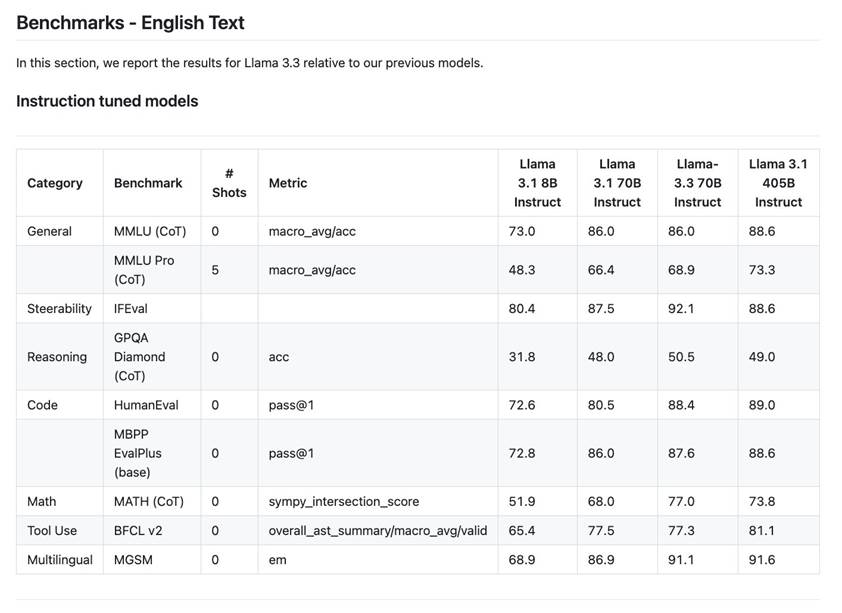

Originally appeared here:
Llama 3.3 70B now available in Amazon SageMaker JumpStart
Go Here to Read this Fast! Llama 3.3 70B now available in Amazon SageMaker JumpStart
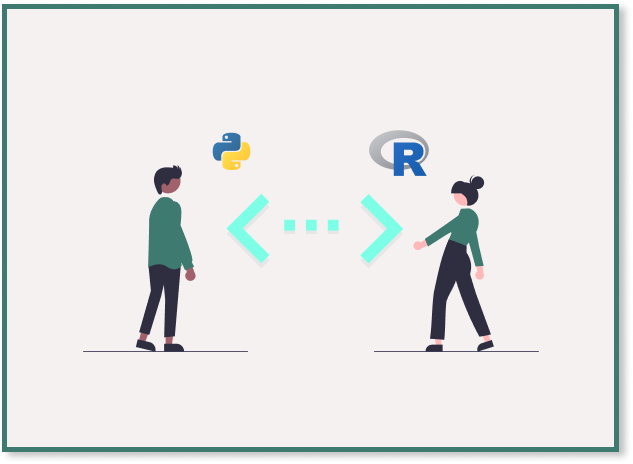

Let’s dive into the most important libraries in R and Python to visualise data and create different charts, and what the pros and cons are
Originally appeared here:
The Essential Guide to R and Python Libraries for Data Visualization
Go Here to Read this Fast! The Essential Guide to R and Python Libraries for Data Visualization
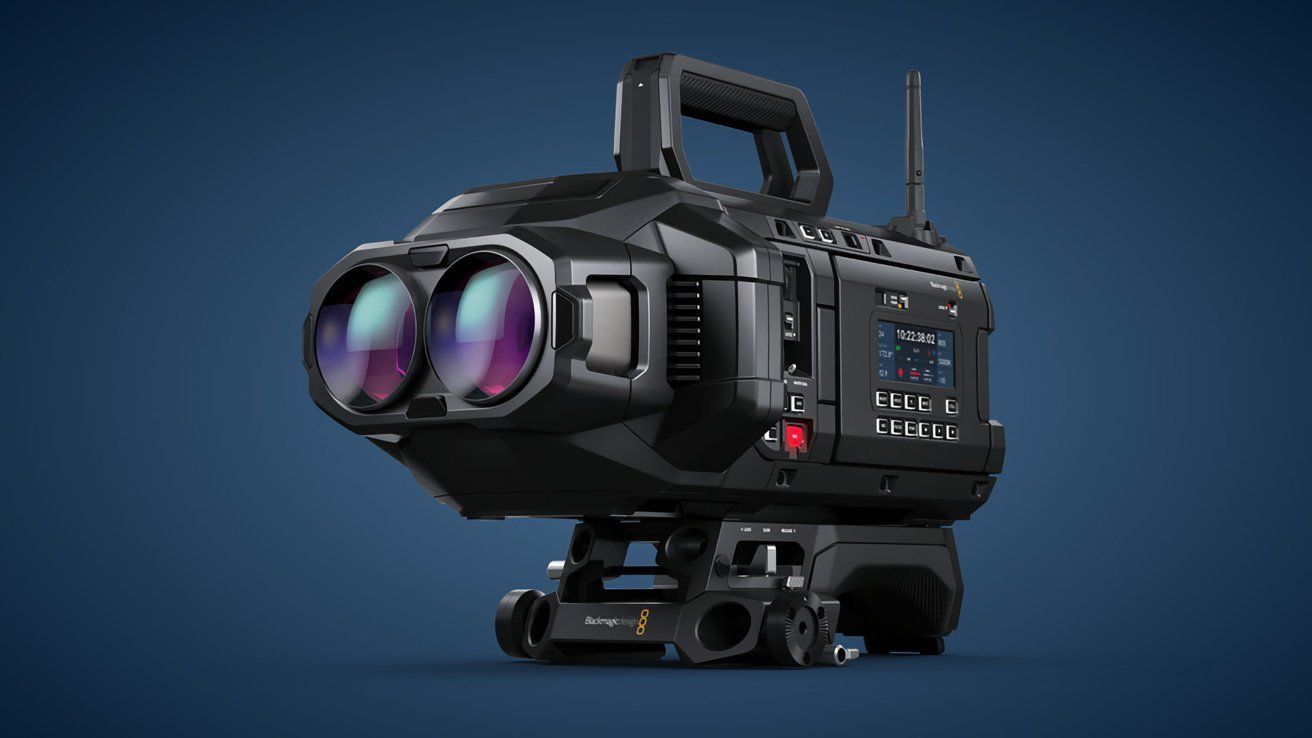


Originally announced in June 2024, the device was hailed as an end-to-end workflow for the Apple Immersive Video format used by the Apple Vision Pro headset. Apple Immersive Video combines 8K 3D video with a 180-degree field of view and Spatial Audio support.
The Apple Vision Pro, announced during WWDC 2023, is Apple’s first attempt at a virtual reality headset, with the company’s CEO Tim Cook referring to it as an “early adopter product.” Priced at $3500, the headset is powered by Apple’s M2 chip and runs a unique operating system known as visionOS.
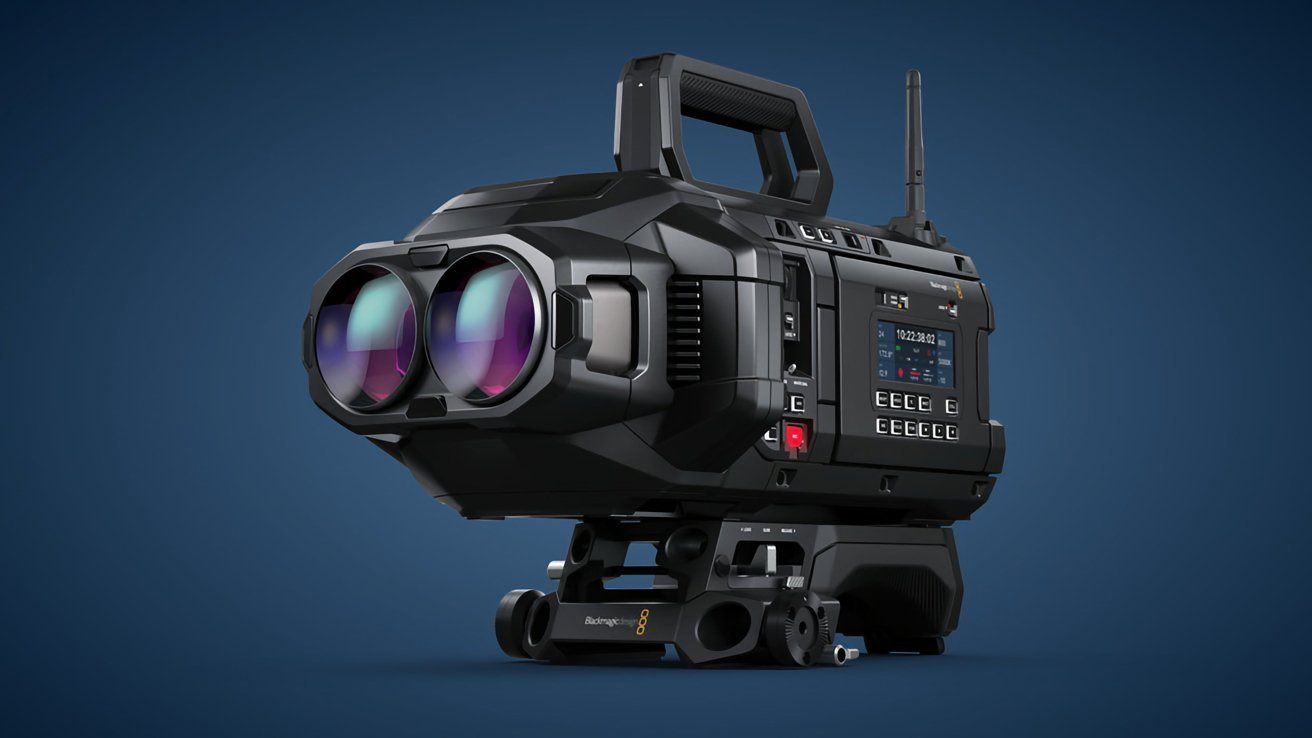


Originally announced in June 2024, the device was hailed as an end-to-end workflow for the Apple Immersive Video format used by the Apple Vision Pro headset. Apple Immersive Video combines 8K 3D video with a 180-degree field of view and Spatial Audio support.
The Apple Vision Pro, announced during WWDC 2023, is Apple’s first attempt at a virtual reality headset, with the company’s CEO Tim Cook referring to it as an “early adopter product.” Priced at $3500, the headset is powered by Apple’s M2 chip and runs a unique operating system known as visionOS.
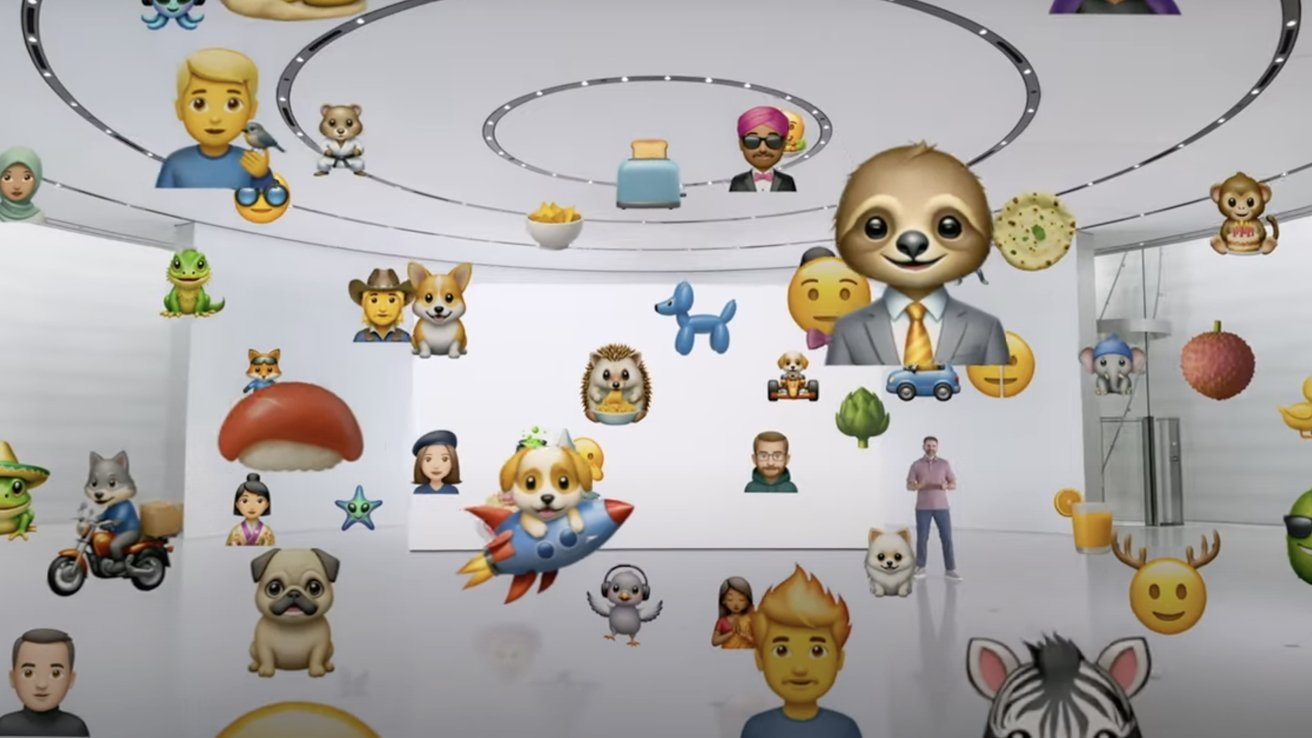


On Monday, Apple released the first developer beta of macOS Sequoia 15.3. While the software update contains few visible changes, it does include one noteworthy addition — support for so-called Genmoji. Originally introduced with iOS 18.2, Genmoji are unique emoticons created by users and generated through the help of Apple Intelligence.
Users can describe the emoji they want to create, such as one based on an object or a person they know, and Apple Intelligence will make it a reality. Genmoji can be created with source images from the Photos app, or a generic emoji person can be used instead. Genmoji are also synced via iCloud, meaning that they appear in the user’s sticker drawer across all compatible devices, including iPhone and iPad.
Go Here to Read this Fast! macOS Sequoia 15.3 beta makes Genmoji available on Mac
Originally appeared here:
macOS Sequoia 15.3 beta makes Genmoji available on Mac
Originally appeared here:
This powerful firewall delivers enterprise-level security at a home office price